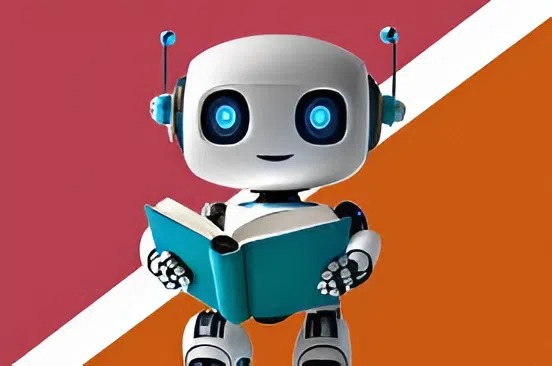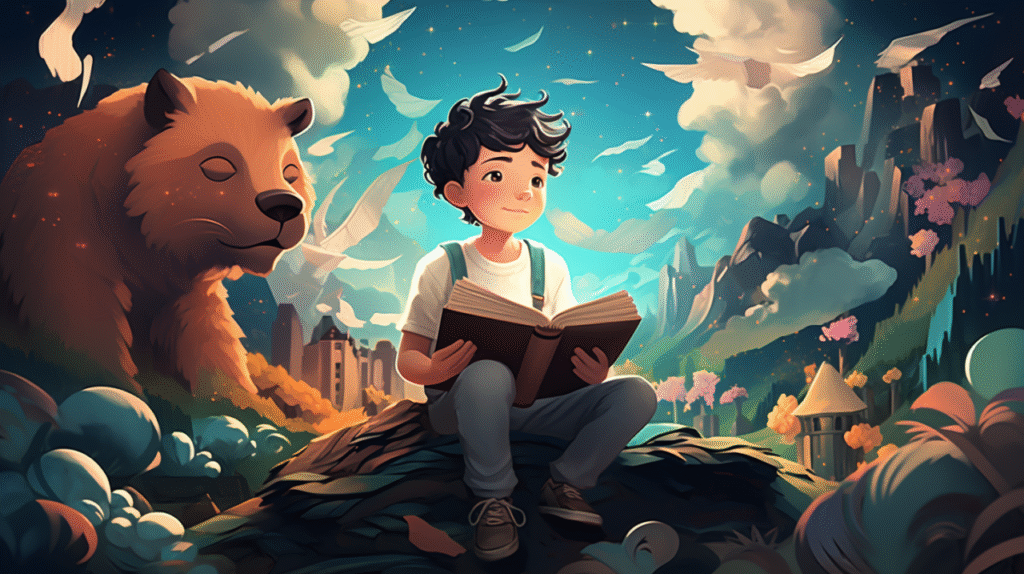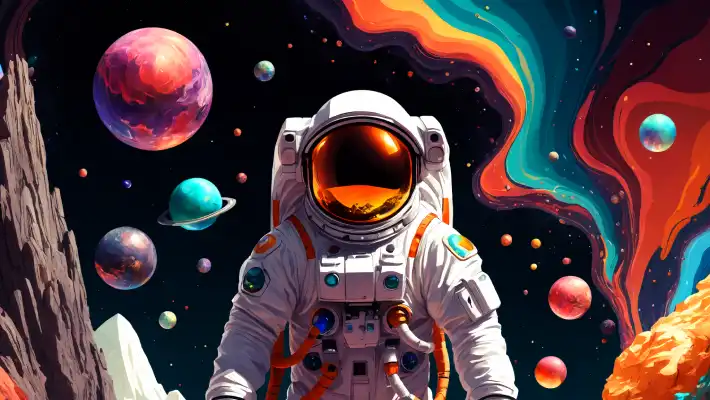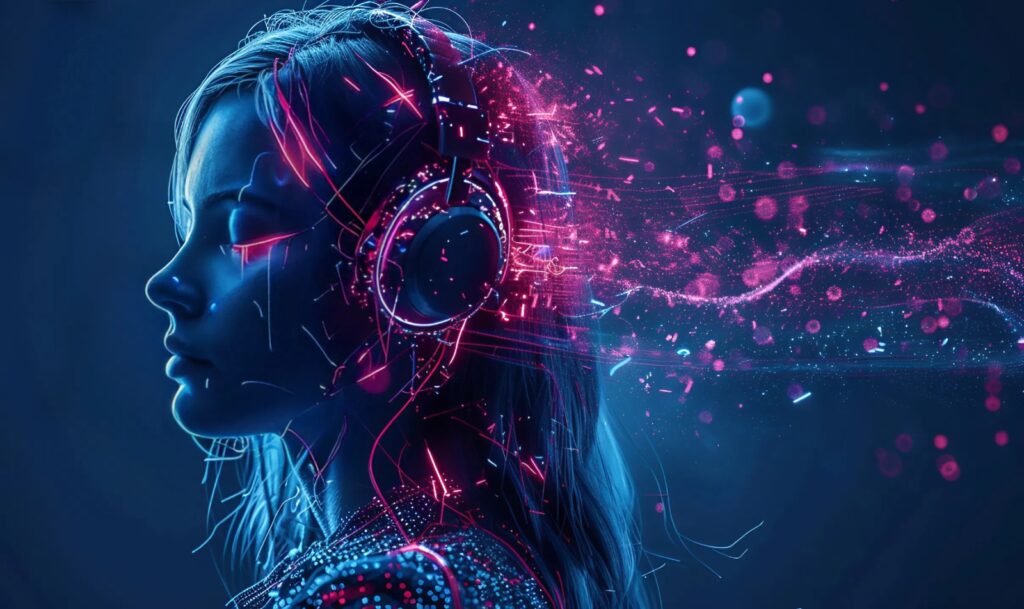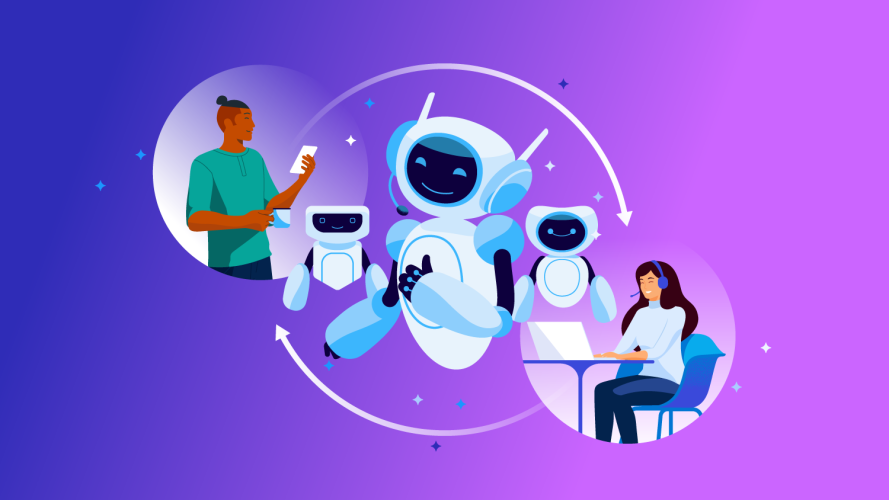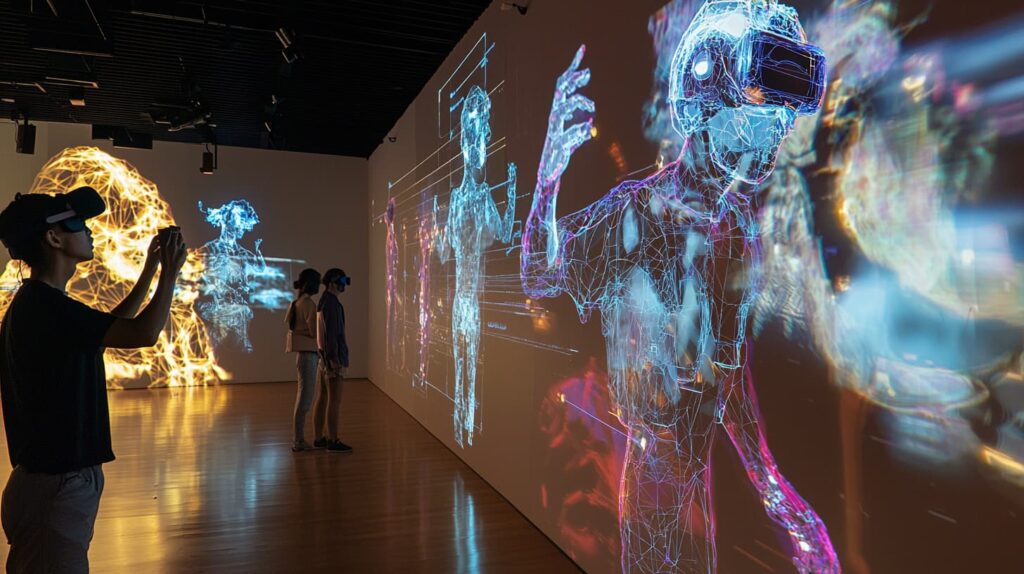AI-Powered Storytelling: Crafting Narratives with Machine Learning

wIn today’s digital age, storytelling has evolved from traditional formats to dynamic, interactive narratives powered by artificial intelligence. AI-powered storytelling is transforming the way stories are created, shared, and consumed, opening new possibilities for creatives and audiences alike. With machine learning algorithms at the helm, storytelling is not just an art form but a science that can be enhanced by analyzing vast amounts of data to deliver compelling narratives.
The Evolution of Storytelling Through AI
Storytelling is an age-old human tradition, but the integration of artificial intelligence is revolutionizing this practice. AI offers tools to tailor stories in real-time, engage audiences in novel ways, and democratize content creation. Previously, storytelling relied heavily on the creator’s imagination and experience. Now, AI helps to expand this creative horizon by offering insights based on data-driven understanding of human emotions, preferences, and trends.
Natural Language Processing (NLP), a subset of AI, allows machines to understand and generate human language fluently, offering creators a powerful tool to draft narratives or dialogue. Companies like OpenAI have developed advanced models such as the Generative Pre-trained Transformer (GPT), which can produce human-like text, offering a foundation for creating engaging stories.
How AI Enhances Creativity in Storytelling
Machine learning algorithms enhance creativity by automating mundane tasks and offering new ways to approach story development. Here are a few ways AI is enhancing storytelling:
✅ Automating Content Generation: AI can take on repetitive tasks like drafting initial story ideas, making it easier for creators to focus on refining narratives. This automation empowers creators to explore multiple story paths efficiently.
✅ Personalized Storytelling: AI algorithms can analyze audience preferences and behaviors to craft stories that resonate on a personal level. For instance, AI tools can segment audiences and provide tailored narrative experiences for different demographics, enhancing engagement.
✅ Content Augmentation: AI-driven tools can suggest plot twists, character developments, and thematic elements that writers might consider. This ability to offer diverse ideas can help authors explore new storytelling avenues they might not have otherwise contemplated.
Real-World Examples of AI-Powered Storytelling
Several remarkable examples illustrate the potential of AI in enhancing storytelling:
✅ Botnik Studios: Botnik uses algorithms to generate creative content, including humorous scripts, stories, and articles. Their AI-generated content mimics human absurdity and creativity to entertain audiences uniquely.
✅ The AI-Dungeon Game: This game allows players to create their own adventures, with AI generating narrative pathways based on player inputs. It’s an interactive storytelling platform where AI and human creativity merge seamlessly, offering endless narrative possibilities.
✅ Google’s AutoDraw: While not purely storytelling, this AI tool shows how creative processes can be enhanced. AutoDraw uses machine learning to help users create illustrations and storyboards quickly, enabling better visual storytelling.
Challenges of Integrating AI into Storytelling
Despite the tremendous potential, AI-powered storytelling also comes with challenges:
✅ Quality Control: While AI can generate content rapidly, the quality may vary. Ensuring coherence and emotional depth requires human oversight to refine AI-generated texts.
✅ Ethical Considerations: As AI systems improve, there’s a growing concern about the ethics of content creation, including issues of originality and authorship. Determining the extent of AI’s role in storytelling remains an ongoing debate.
✅ Over-reliance on Data: Storytelling is an art that often relies on intangible human experiences. An over-reliance on data might stifle creativity, reducing storytelling to a formulaic approach.
The Future of AI in Storytelling
The future of AI in storytelling is bright, with immense potential to redefine the boundaries of creative expression. New tools and technologies promise to make the creative process more collaborative, allowing authors to explore stories without the typical constraints of time and resources. In this evolving landscape, AI could become a tool for democratizing storytelling, giving a voice to those who might not have had the opportunity previously.
Furthermore, emerging technologies such as virtual reality (VR) and augmented reality (AR) could blend with AI to create immersive storytelling experiences that captivate audiences in unprecedented ways.
Conclusion
AI-powered storytelling represents a fusion of technology and creativity, offering novel methods for crafting engaging narratives. By leveraging machine learning’s ability to process and analyze data, storytellers can create personalized and emotionally resonance tales that capture audience attention. While challenges remain in integrating AI with storytelling, the future holds vast possibilities for innovation and enhanced creativity. Embracing AI as a creative partner invites a new golden age of storytelling, where narratives are not only told, but also lived and experienced in profoundly personal ways.

